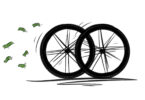The gravel and all-road bike markets keep growing. But what’s the difference and what should you look for? We interviewed the product managers of Cervélo and FOCUS, providing insights that will help you navigate the complex world of bike categories and make it easier for you to decide which bike to buy.
Gravel, all-road, adventure, endurance, road? The market is flooded with bike categories. But what’s the difference? Do you need a specific bike for every purpose? Bikes have evolved in leaps and bounds in recent years, though some long-standing wisdom has been lost along the way.
The term “gravel bike” often gets thrown around. So, what is a gravel bike, what is an all-road bike and what types of riders do they appeal to? We want to know what the bicycle industry thinks and asked Cervélo and FOCUS to give us their take. Does this categorisation even make sense?

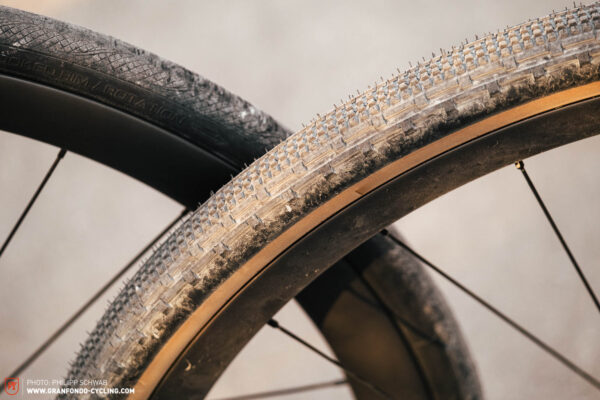
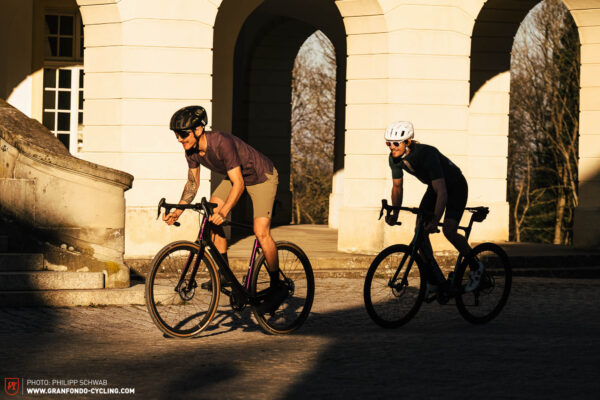
From power metres to smile metres
“Not all gravel is equal,” Philip Spearman, Global Product Marketing Manager at Cervélo, jumps right in with the differences. “Some equate the term gravel with unpaved woodland roads or hard-packed gravel. Others think of it as very loose, uneven terrain, more like the kind of stuff that you would usually tackle with a hardtail mountain bike.”
This takes us right to the point of the matter because the difference between gravel and all-road bikes is based on two factors, according to Philip. “Tire size and intended use are decisive. In principle, road and gravel bike geometries are interchangeable, but the demand for tires that are at least 35 mm wide requires a design that’s able to accommodate them.”
Of course, the frame and fork determine how wide the tires can be. But does this impact the handling? The Canadian bike brand’s product manager has a clear answer: “The increased tire clearance results in longer chainstays than we would want on high-performance road bikes. The same applies to the cockpit and fork.”
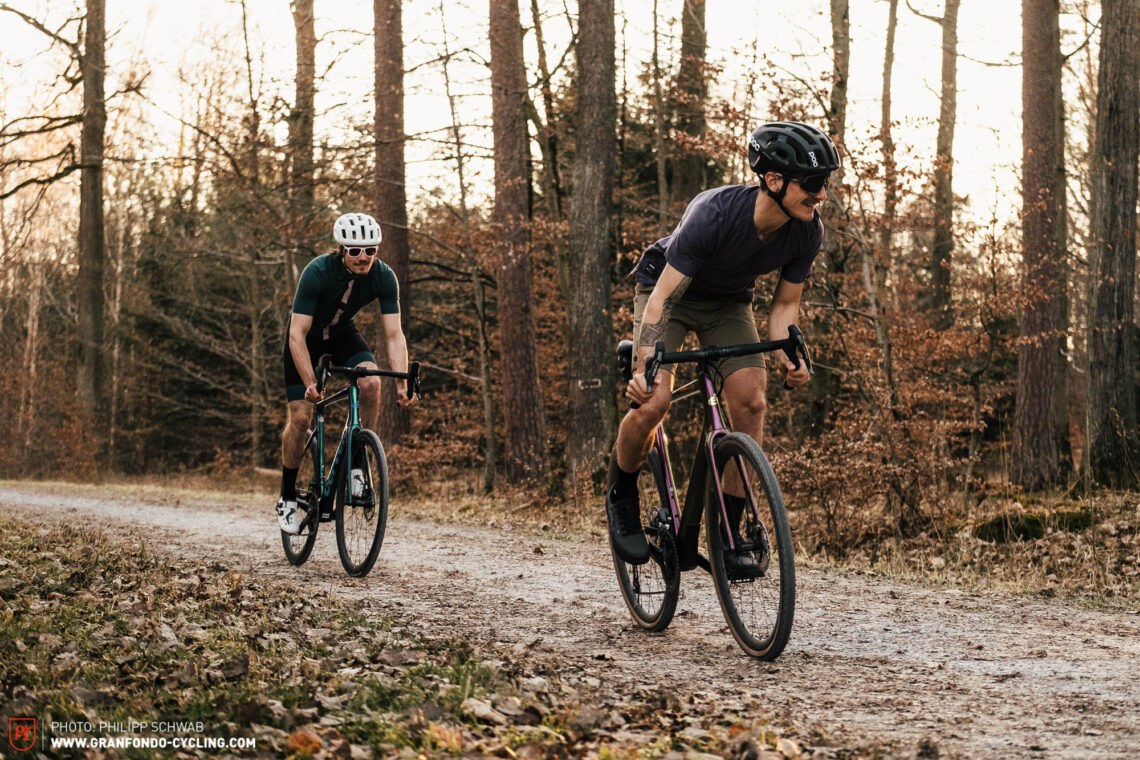
As always, there are two sides to every coin. While longer chainstays increase stability on loose surfaces, Philip says they also affect performance. “If we’re looking for faster and more responsive handling, like on a high-performance road bike, we usually use shorter chainstays, which goes hand in hand with a reduced trail up front. We use 415 mm chainstays for the Caledonia and 410 mm chainstays for the R5.”
FOCUS make an equally clear statement regarding the gravel and all-road segments. “For us, an all-road bike is still very much a road bike that you’ll mainly ride on the road, though you don’t have to be afraid of encountering bad roads or woodland paths,” says Colin Pfister, Product Manager at FOCUS. For the German bike brand, these are comfortable, road-oriented bikes that appeal to riders who are more interested in having a good time on the bike than in racing. So, all-road bikes are good mood touring bikes with a focus on road riding. “On the other hand, we see gravel bikes as ideal bikepacking companions. They’re all about getting out into nature, going on two-wheel adventures and, above all, having a good time. That’s how we interpreted the development of the ATLAS.” Gravel bikes could therefore be seen as good mood touring bikes with a focus on going off-road and bikepacking. This definition is still too vague for us, so we dig a little deeper.
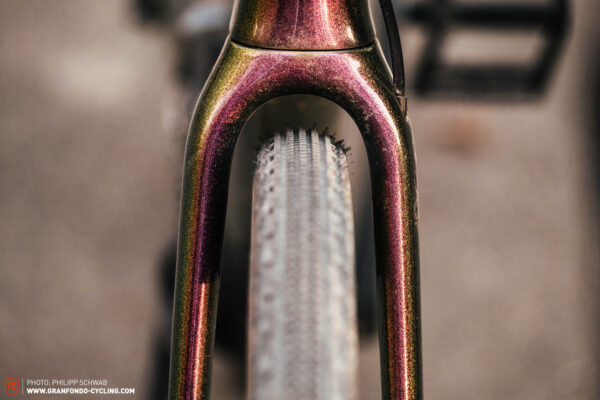

It’s all about clearance
For FOCUS, the term “clearance” plays a big role. As Colin explains, “the segments are the easiest to distinguish by looking at the tire clearance. Along with gravel-specific components and frame details such as mounting points and adapted geometries.”
Cervélo take a nuanced approach regarding tire clearance too. “We restrict the tire clearance of our all-road model in a way that makes sense for road riding. You have to consider aerodynamics and rolling resistance as well as the stiffness, strength and weight of the frame. However, if the bike is mainly intended for rough gravel riding, we must allow for more voluminous tires. Doing so requires structural changes to the frame, which comes at the expense of stiffness and weight.”
To sum up: the more tire clearance a bike has, the more freedom the rider has with the intended use. Tire clearance is an important indicator of the intended use, but it is by no means the only distinguishing feature.

All-in-one, all right, all-road – Does this bike category even exist?
The term “all-road”, much like the buzzword “gravel”, leaves a lot of room for interpretation, but Cervélo draw a clear line. They don’t see road bikes as sensitive machines that are only designed to convert watts into speed. Philip says something that makes our ears prick up: “we don’t call the Caledonia an all-road bike, but a modern road bike”. Another bike category? No, no need to worry. The Canadian brand are simply looking at a new way to live the sport. “A modern road bike isn’t a bike that you can ride anywhere, but an update that meets the needs of performance-oriented road cyclists,” explains Philip. It’s about longer rides, which sometimes means taking detours on poorly maintained side streets and cobblestone paths in the best Belgian or Roubaix style, combining comfort and speed. The trend towards wider tires has different facets. “On performance-oriented road bikes, bigger tires are better at filtering out vibrations caused by uneven surfaces, reducing rolling resistance and increasing comfort. On gravel bikes, bigger tires are all about increased traction and puncture resistance on dirt roads. The fact that riders with larger tires can ride on more surfaces is a great advantage, though it’s just a bonus and not a decisive factor in the choice of modern tire setups.”
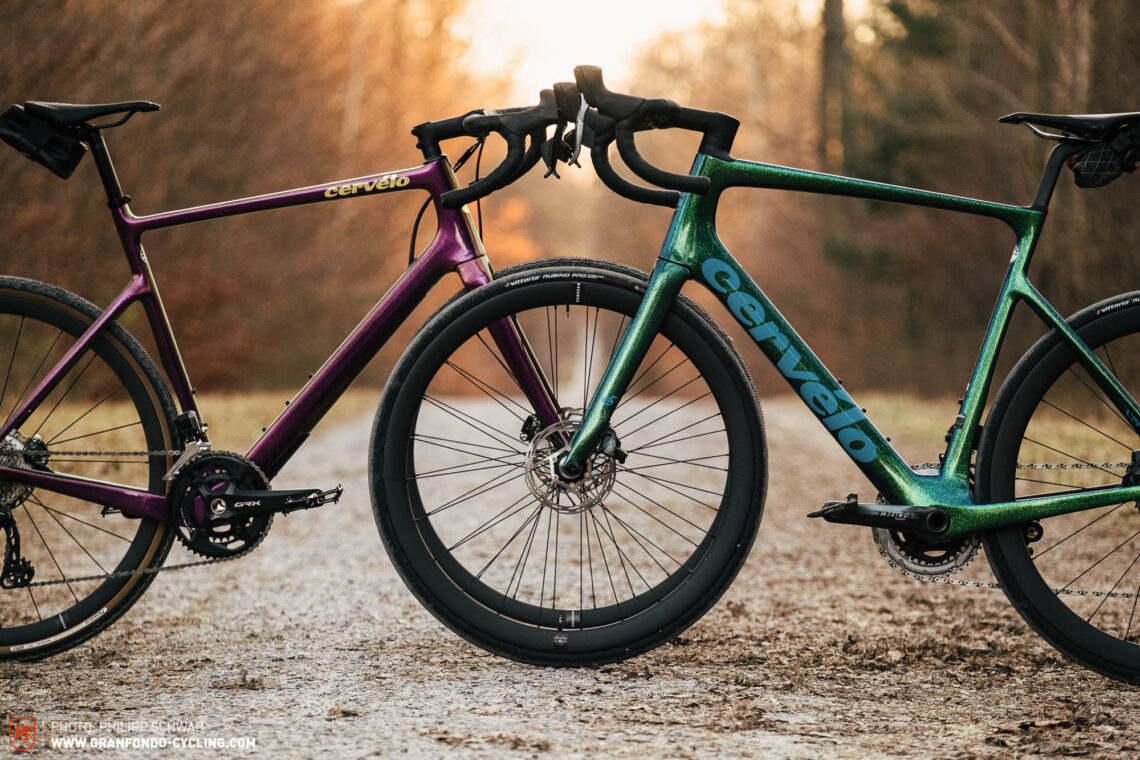
For FOCUS, the development of all-road and gravel bikes goes hand in hand with the intended use and target group, as Colin reports. “At FOCUS, the fact that we think hard about the intended use and target group before the start of development means that upcoming decisions are always made with this in mind and so the products can be distinguished more clearly. The all-road bike is a road bike, so it appeals to road riders. It’s a modern interpretation and further development of the classic endurance road bike.”
So, basically, the all-road bike is neither an off-road endurance bike nor a slimmed-down gravel bike. Rather, it’s an evolutionary stage, a further development and expansion of the road bike concept. A road bike that doesn’t just take riding dynamics and liveliness into account but also comfort. An all-road bike is a road bike with the widest range of uses instead of being designed exclusively for the ultimate in racing performance.
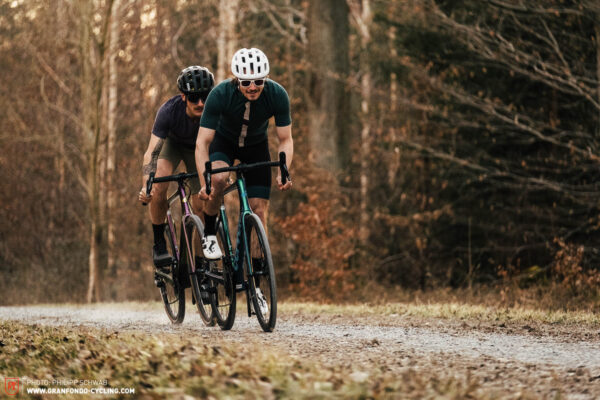
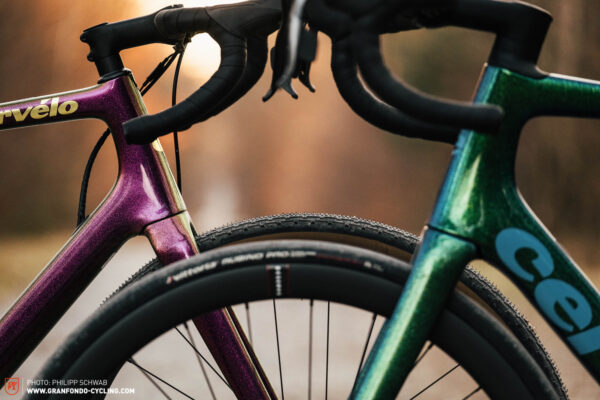
The bike segments of today and the future
When asked about current and future developments, Colin mentions a trend that we’ve observed for some time: “many gravel bikes on the market still try to cover every possible use case.” Fast, light and racy yet also perfect for bikepacking trips, off-road use in rough terrain and riddled with mounting points. As we’ve noticed with many other bike brands, FOCUS are aiming to delineate the intended uses more clearly in the future. “Many brands already have two different gravel bikes in their portfolio, oriented in such a way that they can be assigned to a specific use case. The categories we’re seeing are gravel racing and the somewhat broader bikepacking. If we now look at all-road from the above-mentioned points of view, the differences in the intended uses and target groups are obvious.”
Cervélo emphasize that, contrary to the still widespread opinion, comfort and performance aren’t mutually exclusive. According to Philip, the concept of a modern road bike was developed for riders who want to be fast on a variety of road surfaces, who want the stiffness and handling of a road bike as well as the comfort and puncture resistance of larger tires. “With 42 mm clearance, a modern road bike like the Caledonia can easily accommodate a 34 mm tire, though the geometry is optimised for 28–30 mm,” explains Philip. As a result, he says, “it rides like a road bike while offering a level of versatility and stability that’s never been seen before in this category. Gravel bikes, on the other hand, are optimised for stability on loose surfaces. This includes adapting the geometry to suit higher-volume tires so that the bike doesn’t feel nervous on uneven, rocky or unpredictable terrain.” With all the focus on the tires, Cervélo want to emphasize that the introduction of disc brakes has opened up entirely new design possibilities.
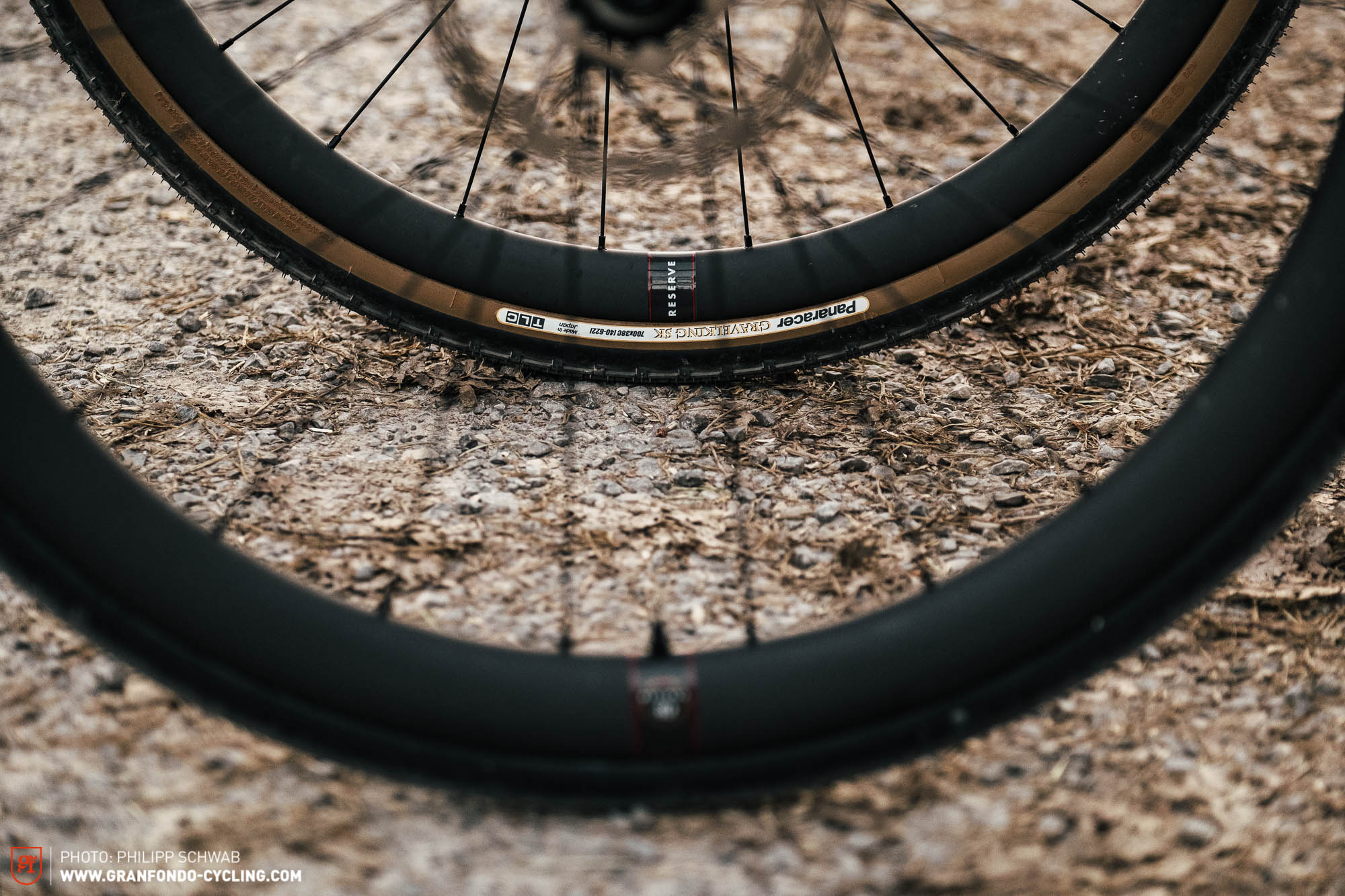
There’s no doubt about it, we’re living through dynamic times in which bike uses often overlap. Philip tells us that Cervélo usually choose to design and construct the best bike for any specific application, rather than claiming that it can do everything equally well. “There will always have to be a reduction in racing performance when a platform is required to accommodate both 45 mm and 25 mm tires. A gravel bike such as the Áspero offers the necessary stiffness to be used on fast asphalt rides, but the handling will be compromised with a ‘road-size’ tire. The trail of the fork changes, of course, and since the bottom bracket drops, there is an increased risk that you’ll contact the ground when pedalling through corners.”
Carbon or aluminium – What difference does the frame material make?
When it comes to the material, FOCUS mention a factor that we’re all familiar with: “basically, the frame material is determined more by the bike’s desired price point, no matter if it’s all-road or gravel. However, aluminium no longer plays a role in the all-road category, at least for FOCUS. In this case, our customers expect a lightweight carbon frame.” The situation in the gravel market is different, as the brand’s Product Manager describes: “We’ve seen that beginners prefer gravel bikes, and they don’t give much thought to what it is exactly, or that a gravel bike is a second or third bike in their basement, and the price plays a bigger role in both cases. As a result, there is a high demand for aluminium bikes in this category.” When asked about the market relationship between the two segments, FOCUS say there’s a higher demand for gravel bikes than for all-road bikes, though there’s been an overall rise for both segments.
Cervélo only use carbon fibre for the construction of their bicycles. Philip points out: “for some, carbon is a part of their brand image. However, it’s important to use the right material and the right modulus. This ensures that the bicycle is robust and durable first and foremost and that it’s stiff in all the right places. The weight comes in at third place. Our philosophy is to use the right material in the right place – that’s what makes a good carbon bike.”
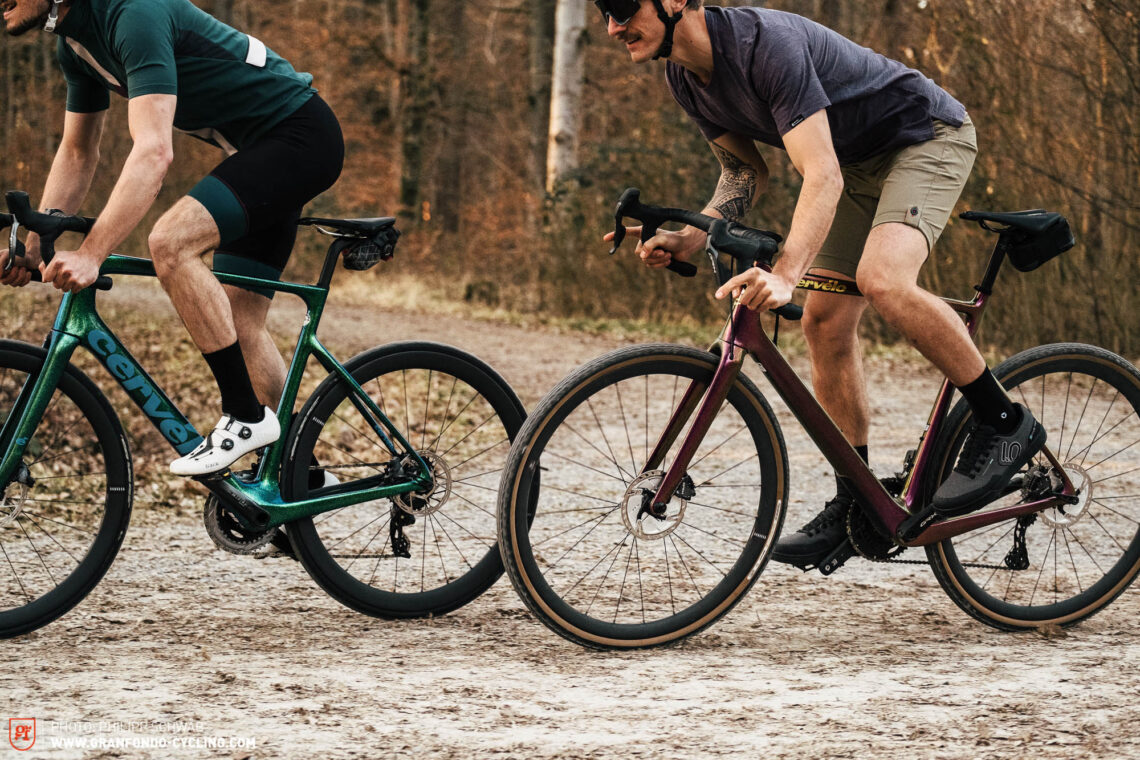
All-road or gravel bike? What do you need?
After examining the topic in detail with the help of Cervélo and FOCUS, we can see that there’s no simple answer to this question. That said, we’ll try to provide a concrete guideline anyway that you can use when deciding what to buy. It will help you combine your needs and the bike’s characteristics in a useful way – and categorise the bikes so that it makes sense to you while you’re at it!
Tires up to 28 mm
- You’re an ambitious professional or amateur racer and think of your bike as nothing more than a sports device.
- When it comes to racing against the clock, it’s all about maximum performance and aerodynamics.
- You only ride on asphalt: 100% asphalt, 0% gravel.
Tires between 28–36 mm
- You love high speeds and dynamic handling.
- Cycling is your passion and you want to have fun no matter the distance, so comfort is important.
- You mostly ride on asphalt: 80% asphalt, 20% gravel.
Tires between 36–45 mm
- You like riding fast and appreciate stable handling, which is characterised by a high level of composure and confidence.
- You want to ride a bike without limits and never miss a chance to take detours down unknown roads.
- You always ride on mixed terrain: 50% asphalt, 50% gravel.
Tires from 46 mm
- Speed isn’t a determining factor for you, you’re all about the experiences and want to be prepared for every scenario.
- You like to escape civilization and its noise. In explorer mode, you’re happy to venture off into the unknown while hauling all your luggage.
- You’ll only ride on asphalt if there’s no other way: 5% asphalt, 95% gravel.
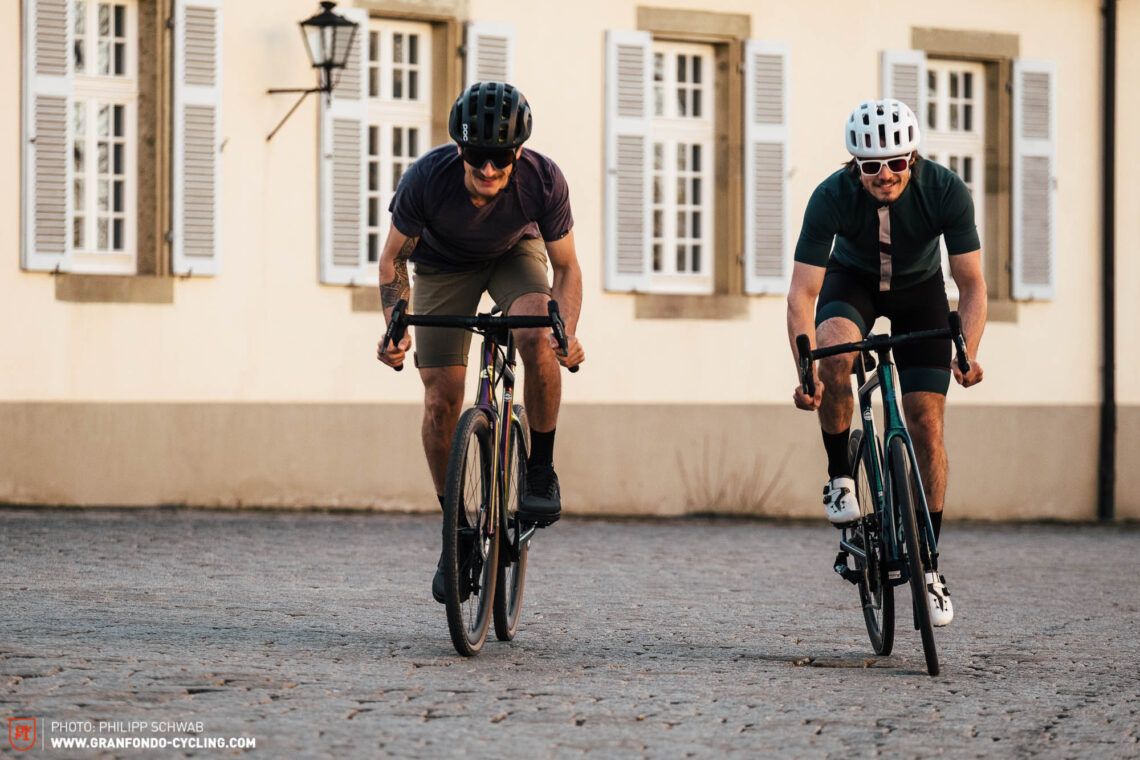
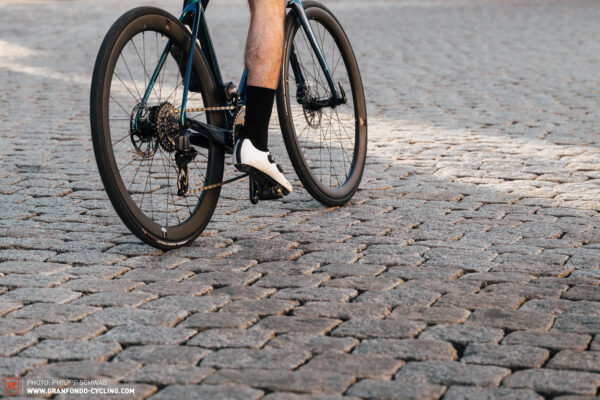

Conclusion
Whether gravel or all-road, bike categorisations aren’t absolute. Instead, they depend on the respective brand’s point of view and, ultimately, on the end consumer. The intended use is the deciding factor, and the tire width has a huge influence on this. While all-road bikes are simply modern road bikes, combining liveliness and comfort, gravel bikes are underpinned by an undying urge to explore. What they have in common is the endorphins they incite – after all, riding is about having fun.
Did you enjoy this article? If so, we would be stoked if you decide to support us with a monthly contribution. By becoming a supporter of GRAN FONDO, you will help secure a sustainable future for high-quality cycling journalism. Click here to learn more.
Words: Simone Giesler, Benjamin Topf Photos: Philipp Schwab


